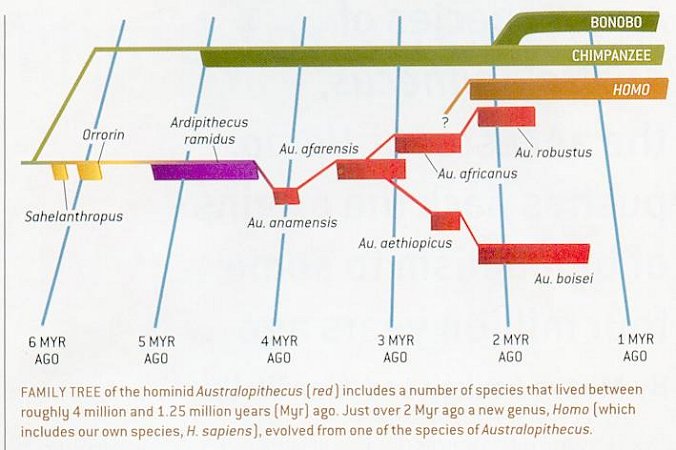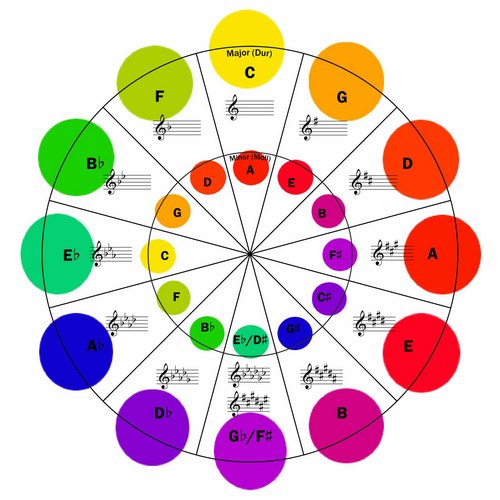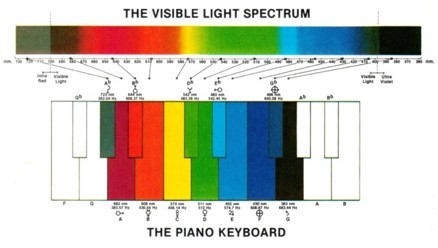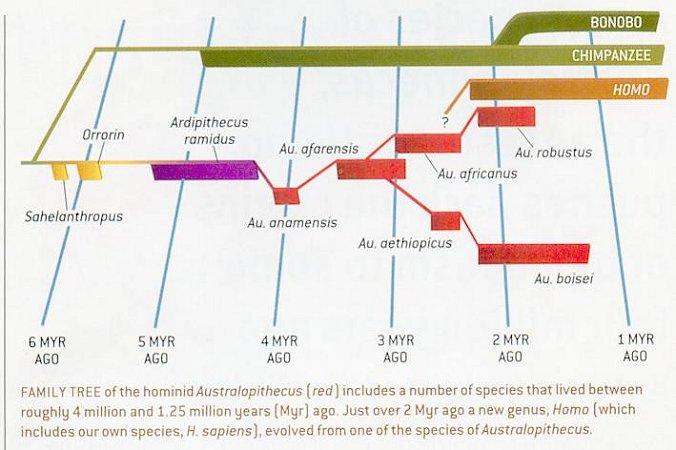I've said
the Hensel twins are physical evidence of a component of human and species evolution. This is not the same as saying the twins are a new species! They are not. They, themselves, will
not become a new species, yet they illustrate a fact about our biology which is part of the story of how species evolve.
I might just as well choose people with blue eyes as possible progenitors of a new human species for the sake of this lesson, but the twins make a good example because they are physically more noticeably different in their biological configuration. Personality wise, they are two normal healthy girls, inspiring in their ability to cooperate and adapt to their world. I'd love to meet them.
On with the biology lesson. Follow the links to learn more if you do not understand a particular concept, or to
email me or leave a comment if you find an error.

Identical Twins
Identical twins result from one egg and one sperm.
When identical twins split matters. If they split up to 4 days after conception, they will each have their own
placenta. If they split 4 to 8 days they will share the same placenta. 8 to about 12 days they share both the placenta and the
amnionic sac. If they split
after 12 days, they will be conjoined twins.
If you
watch with a camera, twins happen when the embryo essentially collapses splitting the progenitor cells in half.
Why does this happen? Many will say no one really knows. I encourage people to use something called
Analysis of Competing Hypothesis if you encounter that answer. ACH is a technique used by the CIA and it is something I've used to investigate various mysterious topics
such as UFOs. The first step is to open your mind and go on a hunt for as many possible different explanations as you can find. Regarding identical twins, here are the theories I've been able to find so far. What causes an embryo to split in two?
Theory 1: Randomness.
Theory 2: An enzyme in sperm causes the split.
Theory 3: A mutation in the mother's RNA which may control embryogenesis in the first 9 days.
Theory 4: A
genetic mutation in the early diving cells leads to rejection of one group of cells by the other.
To simplify ACH somewhat, you next gather facts from various related areas and see which hypothesis is best supported. It takes a special kind of thinking to not jump to conclusions about which theory is correct. Some people find this difficult, but if you can hold the possibilities open while you search, you will have a better chance of finding the right answer.
Conjoined Twins
Conjoined twins are always identical twins. Conjoined twins result when a fertilized egg splits partially. A less accepted theory says that the egg splits completely, but that stem cells then rejoin the split twins.
Conjoined twins are almost always the same sex, blood type, etc. Finding otherwise could support the mutation-rejection theory of why twins split, or might be the result of a mutation that happened after they split. The more genes govern a trait (race, for example) the less likely a difference would be between identical twins.
Yes, conjoined twins could be different sexes. This is because in rare cases identical twins can be different sexes. Don't trust
Yahoo Answers. Look at examples from scientific literature:
Monozygotic twins of discordant sex both with 45,X/46,X,idic(Y) mosaicism.
Am J Med Genet. 1991 Nov 1;41(2):239-45.
Monochorionic-diamniotic twins discordant in gender from a naturally conceived pregnancy through postzygotic sex chromosome loss in a 47,XXY zygote.
Prenat Diagn. 2008 Aug;28(8):759-63.
It would be a
paradigm shift, but the theory that genetic differences cause twins to split might also be supported by other differences seen in identical twins such as:
Schizophrenia,
Type 1 diabetes,
Sotos syndrome,
Leber's hereditary optic neuropathy,
multiple sclerosis,
trisomy 21, and others.
The assumption made in many twin studies that identical twins have the same exact genes (karyotype) may be WRONG. In other words, identical twins may have become twins because they are
not identical. Some conclusions formed on the basis of twins studies may be incorrect. Who compares each twin's exact DNA to see if they are gene for gene identical before performing twin studies? Most researchers just assume they are identical.
 In the center of the diagram are three of the early steps in the development of a mammal. On the top and bottom are some of the fully-differentiated cell types that will eventually form in the adult.
In the center of the diagram are three of the early steps in the development of a mammal. On the top and bottom are some of the fully-differentiated cell types that will eventually form in the adult.
Another genetic difference between identical twins is that they never have the same mitochondria. This is true because the mitochondria split into two different sets at the very first division of the fertilized egg-before twinning occurs.
Mitochondria are tiny sacs--so small you need an electron microscope to see them--elongated, like a sausage. Many bop around in each heart, pancreas, or kidney cell. Their job is to burn food and produce energy. Mitochondria have their own genes, separate from the genes inside each cell's nucleus. These genes come only from the mother. - wq
Early Control of Cell Division
Information from
calgary.ca suggests that a mutation in the mother's RNA may causes some kinds of twins, those resulting from a split in the first few days. Since the blastula stage is about 6 to 9 days, other types of twins (including conjoined) may still be the result of a genetic mutation in the developing cells (theory above).
Although fertilization results in union of maternal and paternal genomes, zygotic gene activity is not required until the blastula stage. In fact, after fertilization and through cleavage, the maternal, paternal and zygotic genomes are completely dispensible. This is because in the egg, there exists a stockpile of maternally derived mRNAs which govern embryogenesis through cleavage to the blastula stage. Following the formation of the blastula, zygotic gene transcription is activated, which carries the embryo through the rest of embryogenesis.
Species Formation
What is a species? A species is a group of organisms which can mate and produce fertile offspring.
Why are there different species? Scientists believe that the different species alive today came from common ancestors. We all know that different things can develop from a single source. One example: All of the different cells in your body came from one single zygote cell. Evolution is similar, but on a much larger time scale.
Think of humans and a chimpanzees as skeletal muscle cells and heart muscle cells. They developed from the same source. They have similar traits, but they are different.
I like this example because cell differentiation is as mysterious as evolution to most people, and yet no religious people claim that stem cells can not become different types of cells.
Yet, creationists do claim that humans (Homo Sapiens) and Chimpanzees do not have a common ancestor, that these species have always been what they are today.The problem is a lack of understanding of the time scales involved. This is because our common ancestor was
over 6 million years ago and a lot has changed in both species since then.

The Hensel twins are an example, if the mutation-rejection theory of twinning is correct, that genetic mutations are happening all the time, all around us.
When mutations give one group an advantage in their particular environment or more attraction to their own kind, they reproduce more and eventually become different enough that they can no longer mate with the group from which they separated. At this point, you have a new species.















 The research, published in the journal Nature on Wednesday, offers new evidence that the moon may harbour an underground ocean of water, meaning conditions might exist that could support life, even if only microbial organisms.
The research, published in the journal Nature on Wednesday, offers new evidence that the moon may harbour an underground ocean of water, meaning conditions might exist that could support life, even if only microbial organisms.




 The machines were specially programmed to speak lines with human actors and move around the stage with them.
The machines were specially programmed to speak lines with human actors and move around the stage with them.
 An electric teapot given to the Queen as a present by Russia has reportedly been removed from Balmoral as a possible security threat. ...
An electric teapot given to the Queen as a present by Russia has reportedly been removed from Balmoral as a possible security threat. ...
 Deep beneath the surface of the Atlantic, HMS Vanguard — one of four identical Royal Navy submarines carrying Trident nuclear missiles — is on patrol.
Deep beneath the surface of the Atlantic, HMS Vanguard — one of four identical Royal Navy submarines carrying Trident nuclear missiles — is on patrol.











 Police said a man who waved a pair of Samurai swords on the grounds of a Hollywood Scientology building had a "previous relationship" to the church, but released little other information about the man shot and killed by a security guard.
Police said a man who waved a pair of Samurai swords on the grounds of a Hollywood Scientology building had a "previous relationship" to the church, but released little other information about the man shot and killed by a security guard.
 How dolphins are able to swim so fast first preoccupied researchers back in 1936, when zoologist James Gray calculated the drag dolphins must overcome to swim faster than 32 kilometers an hour. Gray said dolphins lacked the muscles to swim so fast, and yet they did. This became known as Gray's Paradox.
How dolphins are able to swim so fast first preoccupied researchers back in 1936, when zoologist James Gray calculated the drag dolphins must overcome to swim faster than 32 kilometers an hour. Gray said dolphins lacked the muscles to swim so fast, and yet they did. This became known as Gray's Paradox.
